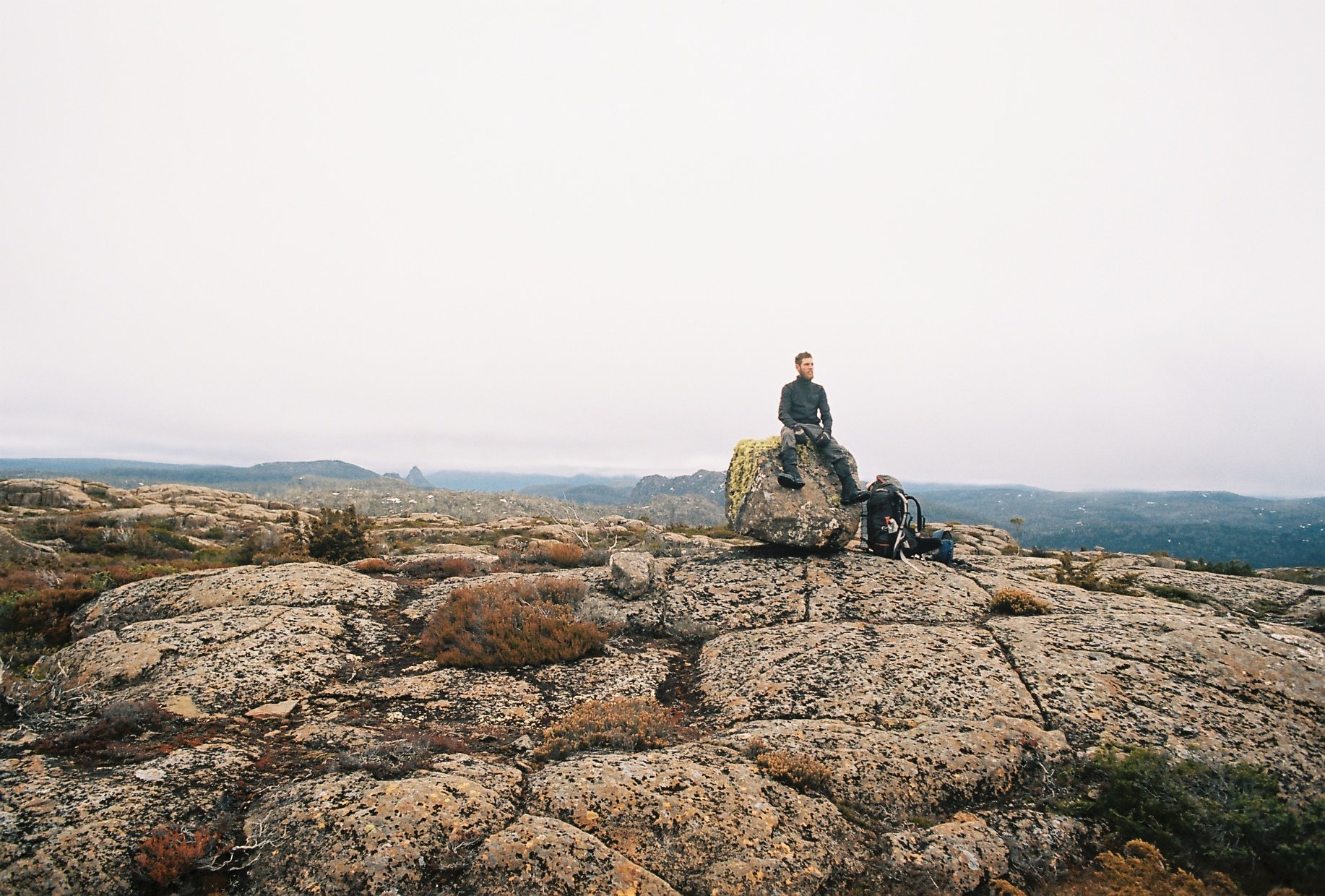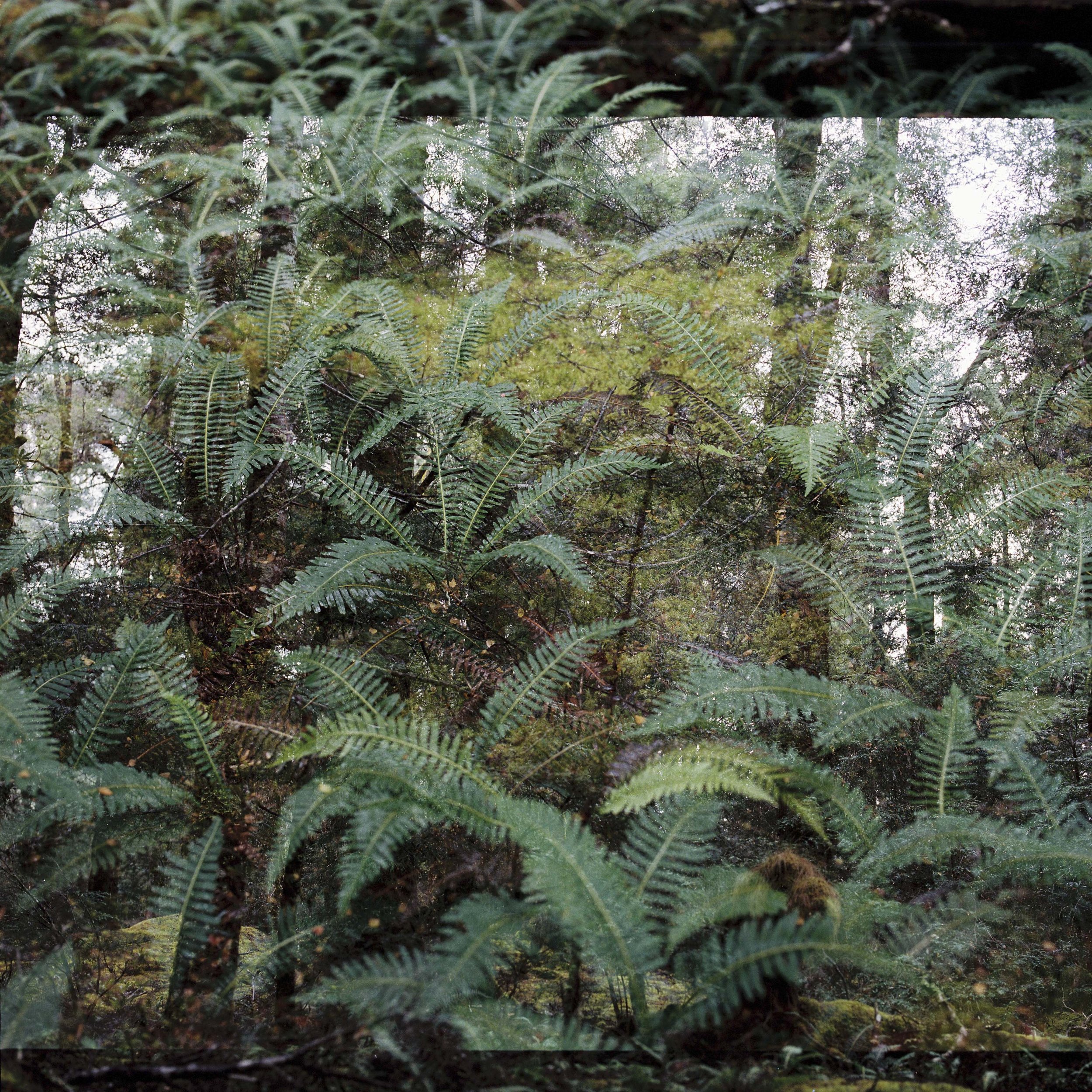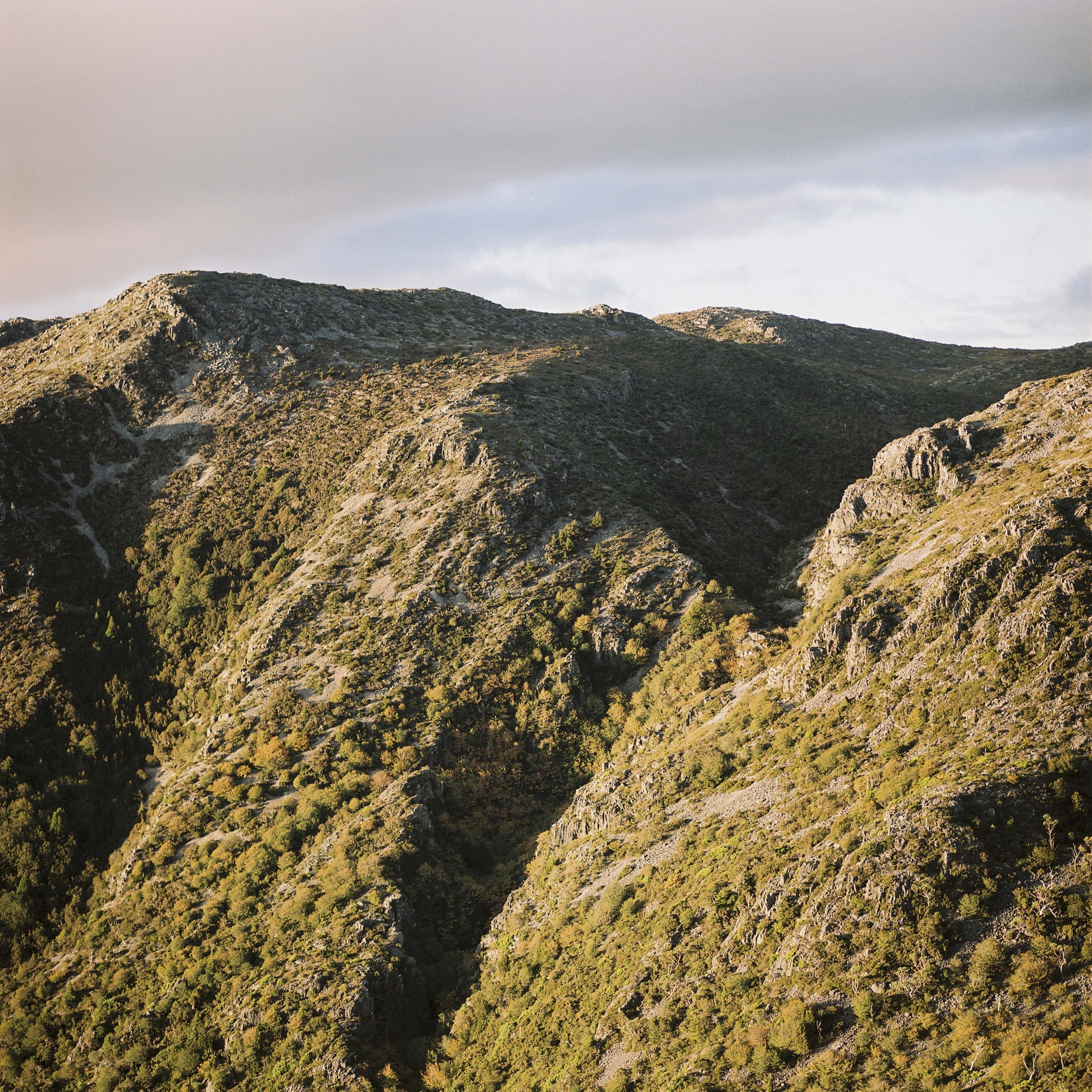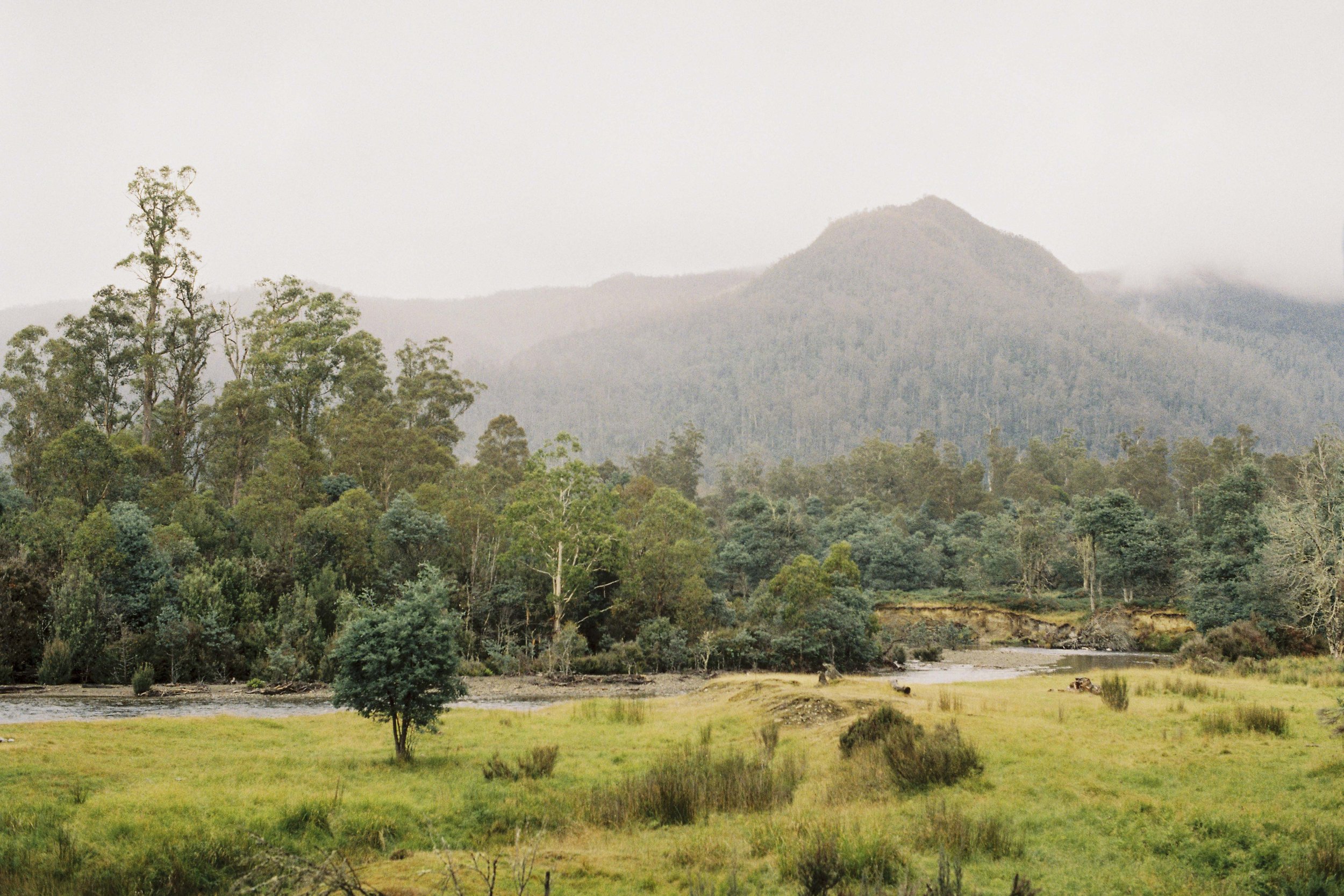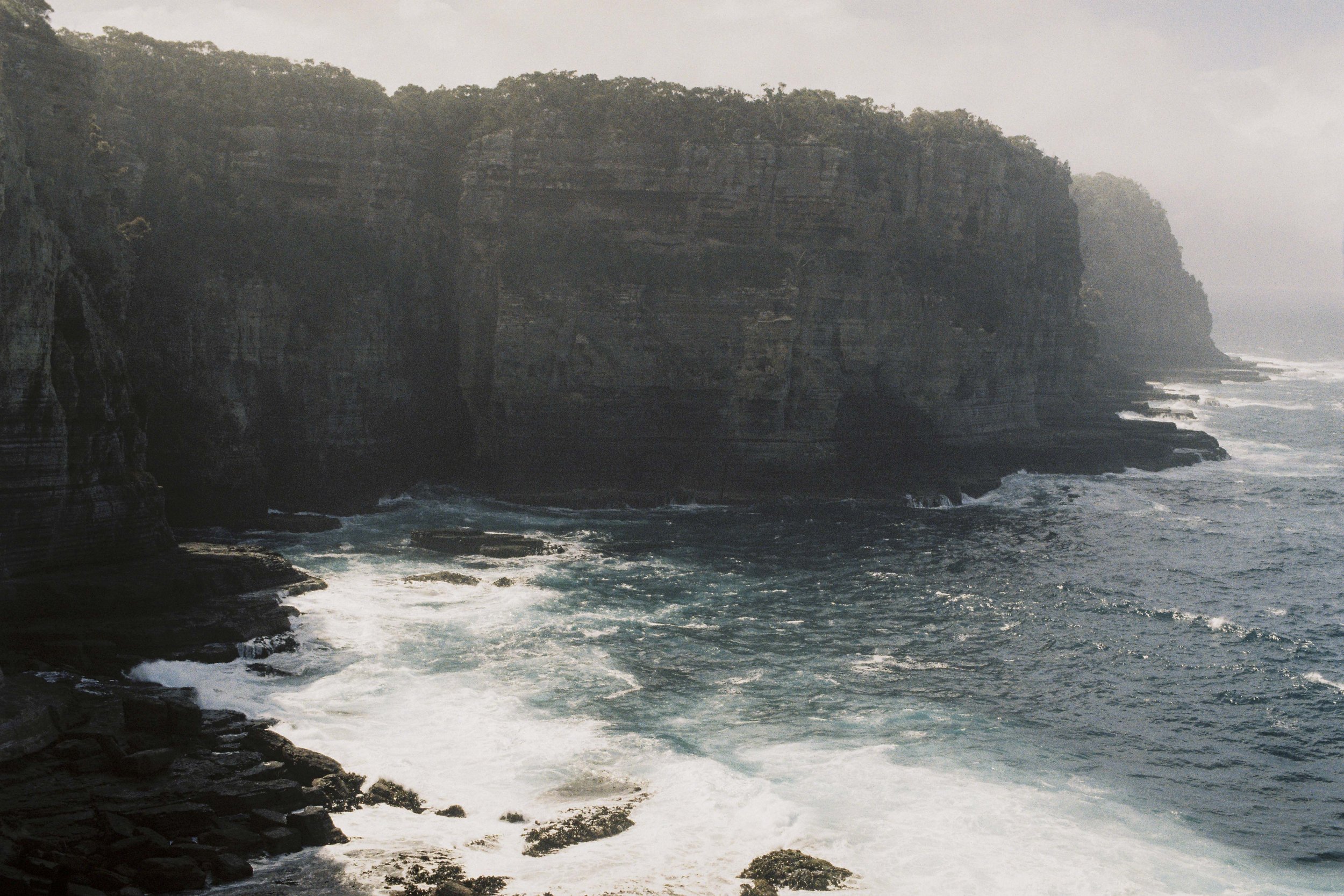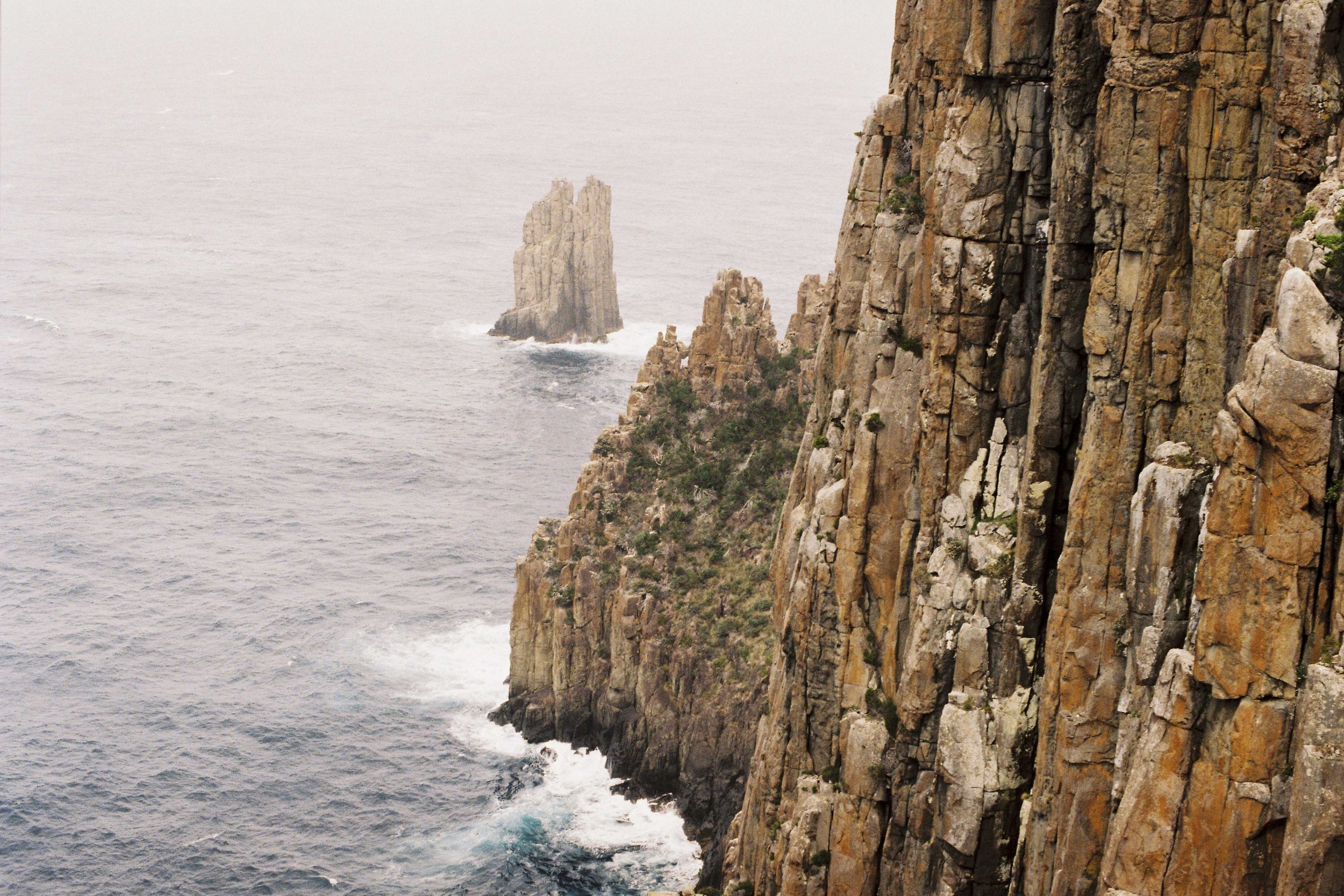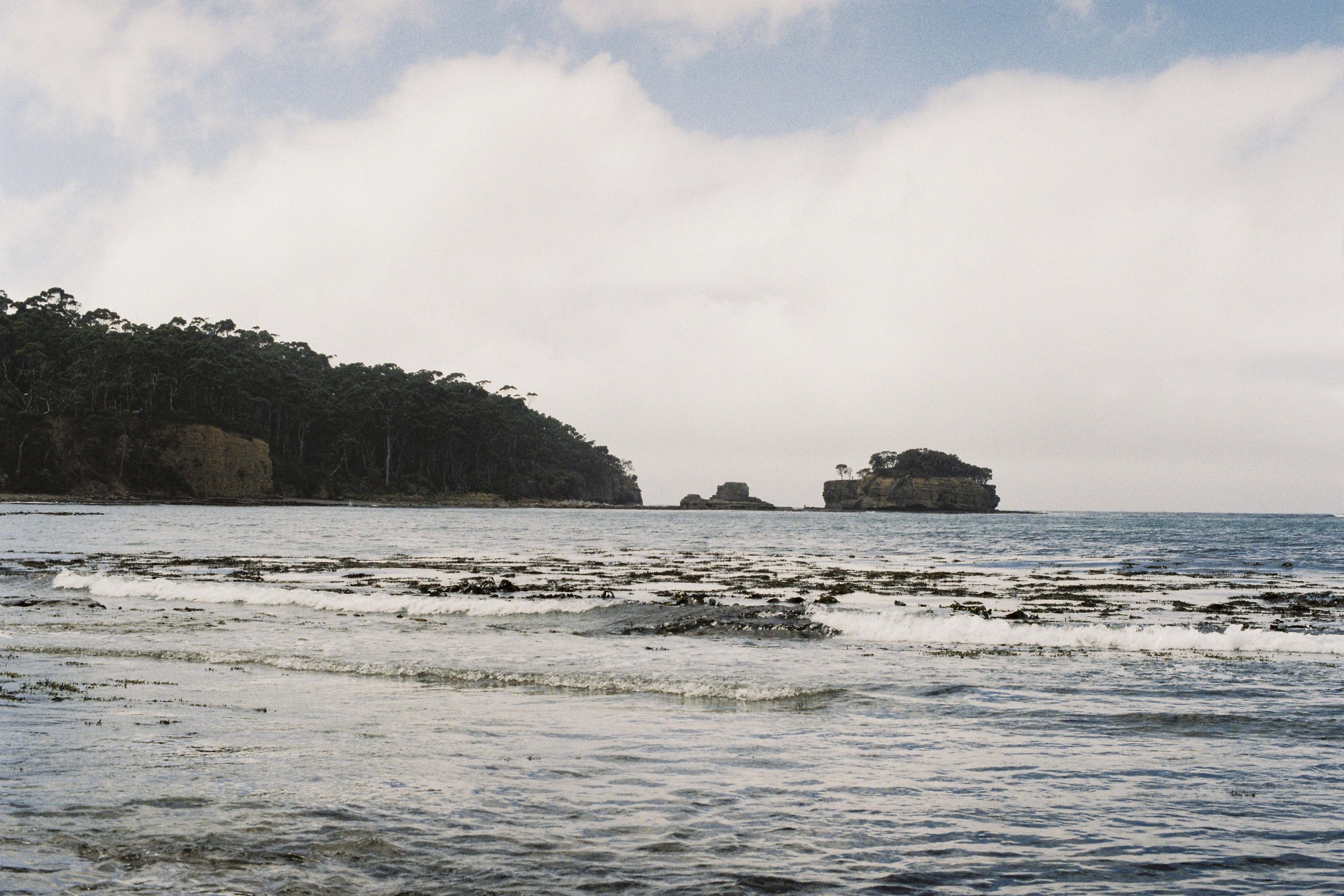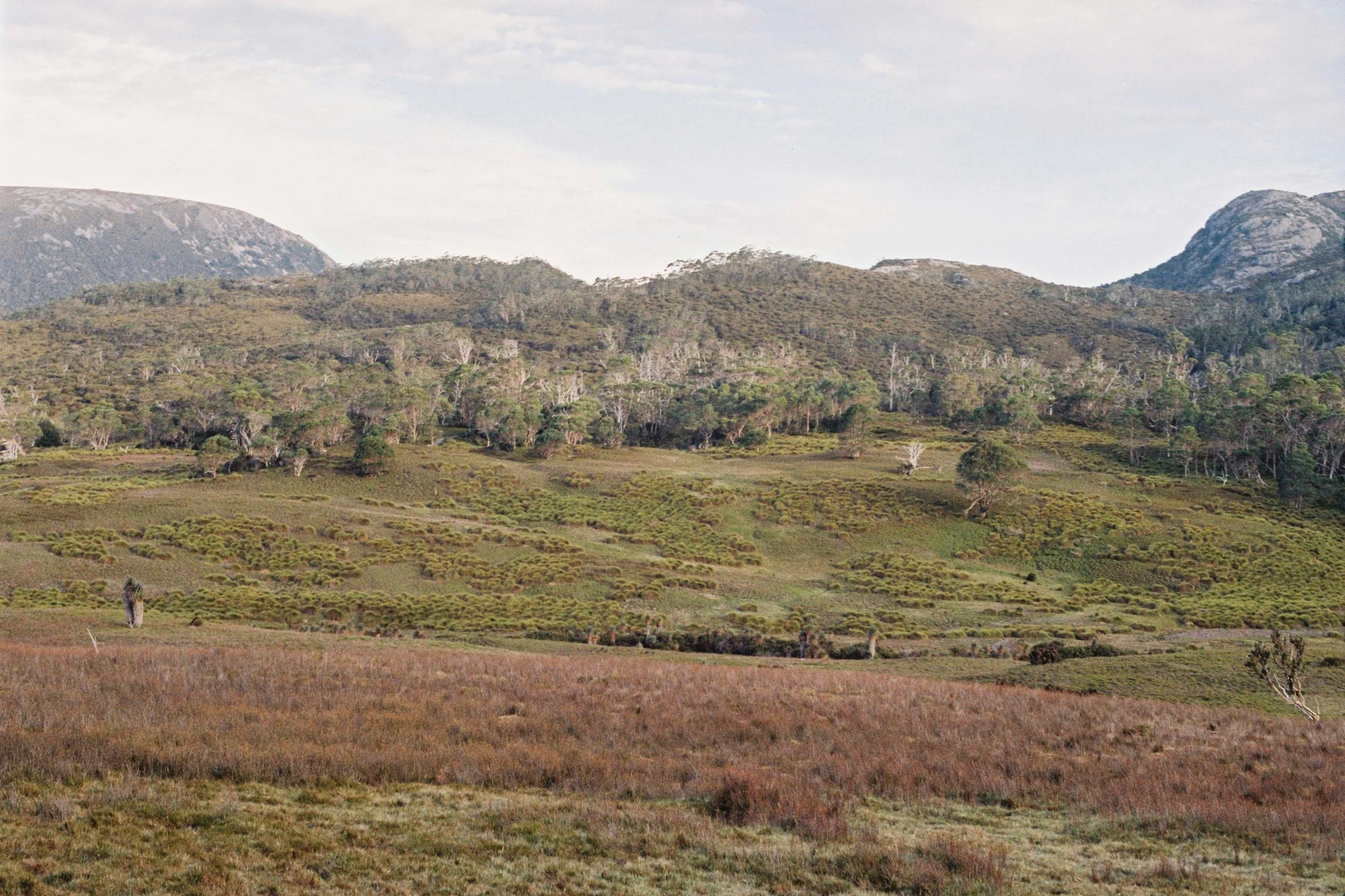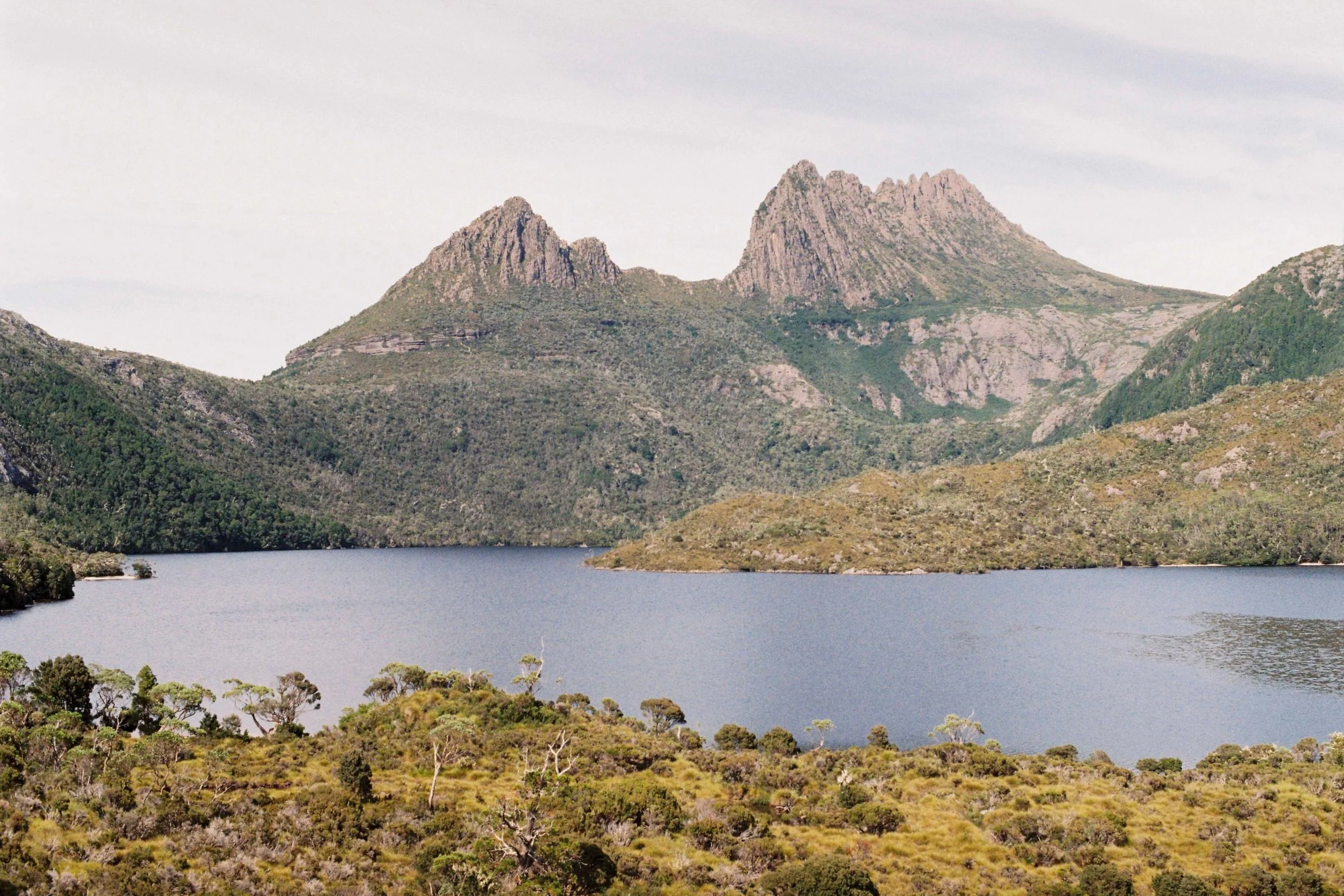Wild places often extract a toll from the visitor. Often it will be in the form of obstacles presented to us, and often in the shape of obstacles we didn’t expect. Despite our best preparation, the place may make us suffer. The place may make us pay for our mistakes. If we leave our boots out in the cold, they will freeze. And if we are out in the wild, even if they freeze, we will still have to wear them.
Wild places are inspiring, rugged and beautiful. They are also unforgiving and impartial to our existence and suffering.
If we are arrogant, dominating, and underestimate the challenges the place may present to us, we are more likely to suffer than if we go in prepared, and with humility. We must show the place respect. For me, this means taking the place on its own terms.
To take the place on its own terms means not to seek its transformation in order for our visitation to take place. It is also acknowledging that visitation may have certain impacts, which may degrade the landscape. So there is eternal tension there, and the challenge is finding the middle road.
How much modification of the original environment is appropriate in order to facilitate visitation?
If we wish to transform a place, to suit our needs, we have begun an interaction with it. The nature of the interaction is a reflection on us as people. What kind of effect will my interaction evoke in the landscape?
